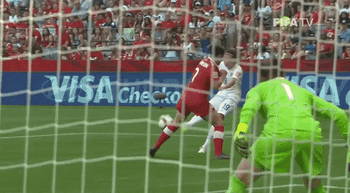NCAA: Redistribution of wealth

The GIST: A controversial NCAA practice could soon be a thing of the past. In a Tuesday report, the Division I (DI) transformation committee recommended restructuring the NCAA’s revenue distribution program that primarily rewards schools for their performance in just one competition — men’s March Madness.
The current model: This year, the NCAA plans to dole out $638 million to DI schools through the program, specifically $148 million in government grants, $76 million in sponsorships, $39.8 million for academic performance and $171 million based solely on universities' showings at the men’s basketball championship.
- The NCAA highly values men’s March Madness for a reason. The tourney is by far its biggest cash cow, accounting for a whopping 85% of the NCAA’s annual revenue, which surpassed the $1 billion mark in 2021.
- However, placing so much emphasis on one championship casts doubt on the NCAA’s ability to properly monetize its other incredibly valuable products, including women’s sports tournaments.
The recommendations: Among other wide-ranging suggestions in its report, the committee suggests redesigning the program with other sports in mind. It also advises the NCAA to keep sponsorship and gender equity in mind when revising its distribution plans. Sound advice, if you ask us.
- The next steps? NCAA higher-ups will discuss the recommendations at its convention in San Antonio next week. Any changes will require a vote of all DI member schools, which could happen later this year.
Zooming out: The NCAA has a chance to snap a vicious cycle of economic inequity, especially for historically undervalued women’s sports, like basketball. Investment in less profitable sports isn’t encouraged under the current distribution program, inhibiting those competitions from fully realizing their financial potential.
- The governing body also has other ways to reset and maximize revenue for its undervalued sports. After a record-breaking 2022 for several women’s sports championships, the NCAA will soon head to market for a brand-new media rights deal. Sky’s the limit.
Enjoying this article? Want more?

Sign up for The GIST and receive the latest women's sports business news straight to your inbox three times a week

